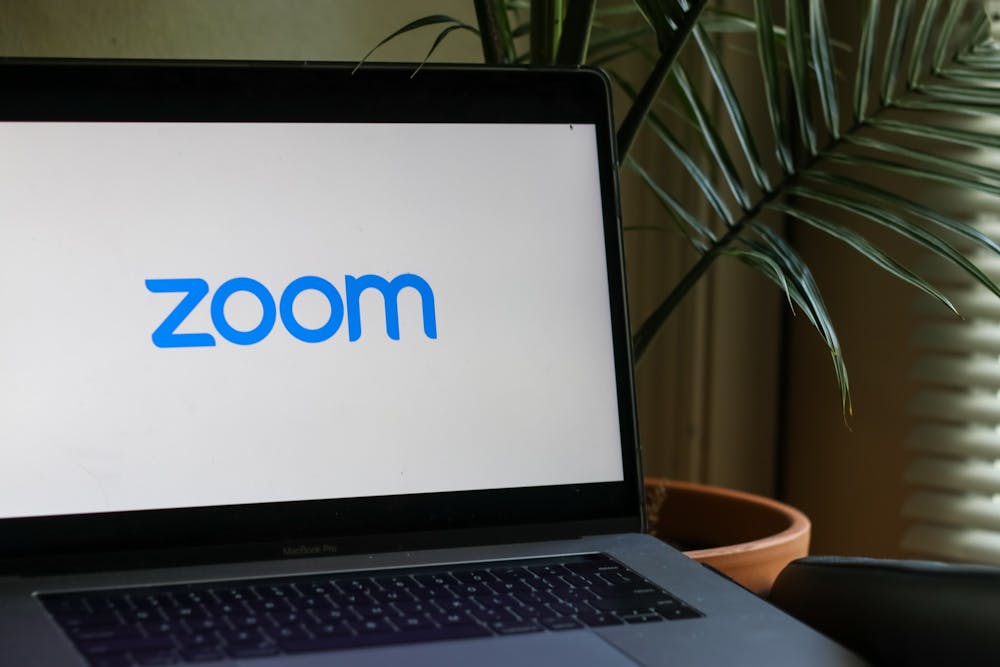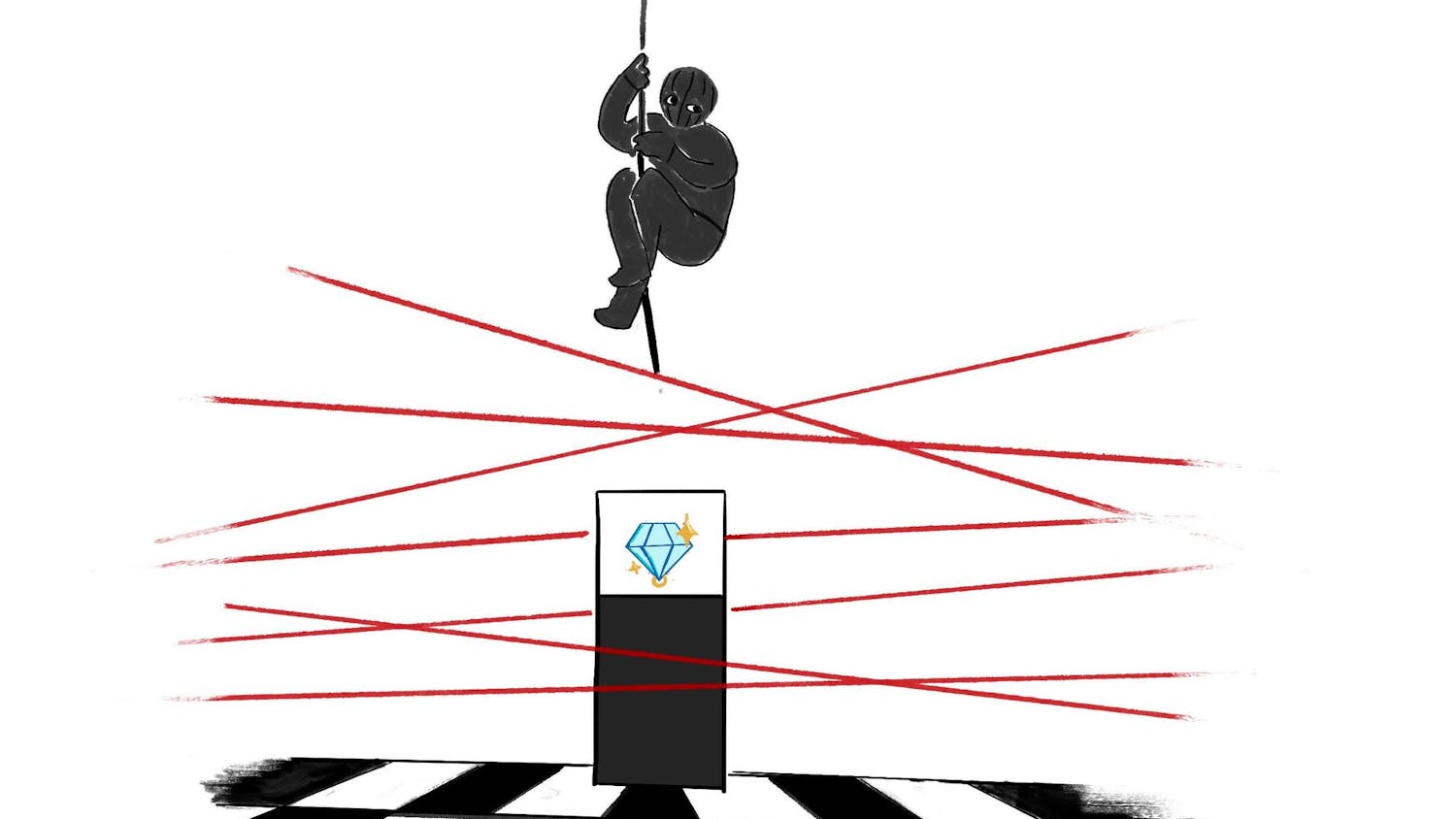As a result of the current COVID-19 crisis, both instructors and students have been forced out of the classroom and into the realm of remote learning. Although there seems to be a high focus on how students are making this change, many instructors have expressed their own sentiments toward this new wave of virtual education and how it has impacted their courses.
“One of the major adjustments I have had to make is recording lectures for my classes, which takes much more time than it does to give them in the classroom,” said Eden McLean, associate professor in the Department of History.
McLean mainly hosts her classes via synchronous Zoom meetings in which students receive a live feed of her lessons similar to the pre-pandemic classes.
“I try hard to replicate the sense of community that I think is critical to a strong learning environment,” she said. “It’s not easy, in part because communicating electronically is never the same as communicating in person.”
By learning these programs, McLean said she was able to engage her students to a degree that would not have been achievable without them; however, there still remains a level of awkwardness facilitated by students who maintain the proverbial black screens during Zoom conversations.
“I spent a lot of time this summer figuring out how to use Microsoft Teams, Eli Review, TimelineJS, DesignTools, Padlet [and] Flipgrid,” McLean said.
Despite the numerous tools at the disposal of educators which aim to assist in virtual learning, there is nothing quite like face-to-face instruction. Furthermore, using such tools effectively requires far more effort and preparation than regular course lectures.
This sentiment is shared by Claire Perrott, instructor in the Department of History who began teaching at the University during the pandemic. She, too, said she experienced a massive amount of prep work in order to make the switch to both blended and online instruction, even taking three online classes about online teaching and pedagogy.
“You cannot just take an in-person class and put it online,” Perrott said. “It takes special attention to how the material is presented, and it changes the way students can engage with the material. Studies show that students are more likely to engage with material that is about five to 10 minutes long. So, instead of putting 50 or 120 minute lectures online I break my lectures down into smaller, more digestible, videos.”
Although shortened lecture durations may seem like less work, Perrott said this actually increases the amount of time she spends on each day’s material. She must edit videos and figure out what information to include in the now extremely limited time frame.
One method of teaching that combines both online and in-person practices comes in the form of blended synchronous classes. Jeffrey Katz, professor in the Department of Psychological Sciences, implements this method in his classes and experiences a challenging situation of switching attention between in-person and virtual students.
“The major adjustment for me has been to be able to attend to both at the same time, which is actually impossible,” Katz said. “I’m still adjusting but feel like the classes are adapting.”
His promising outlook is supplemented by a student anecdote relating his class to “hanging out with Dora the Explorer.” With student and instructor interaction being as limited as it is, it is easy to see why such a comparison has been drawn.
“It wasn’t intentional, but being like Dora is pretty cool and apropos as the class travels together through the content,” Katz said.
Another area of concern for students and professors is the manner of holding exams online. Some instructors are opting to use systems like HonorLock to do so and others, like McLean, have completely done away with tests. Instead she used essays, discussion posts, presentations and historical simulations to gauge student’s comprehension of cumulative lessons.
“I am not comfortable using software like HonorLock and believe I can meet my learning objectives as well — if not better — with these types of assignments,” McLean said. “Plus, students and I find them more enjoyable.”
Although not all instructors take the route of eliminating exams in their classes, McLean, Katz and Perrott both said they are lenient in other areas like attendance and due dates of certain assignments.
“I still expect my students to achieve the learning goals of the course, but I try to be more flexible in every other aspect,” Perrott said.
Reporting for this story was contributed by Jordan Windham.
Do you like this story? The Plainsman doesn't accept money from tuition or student fees, and we don't charge a subscription fee. But you can donate to support The Plainsman.

Nicole Lee, junior in English, is a campus writer for The Auburn Plainsman.





